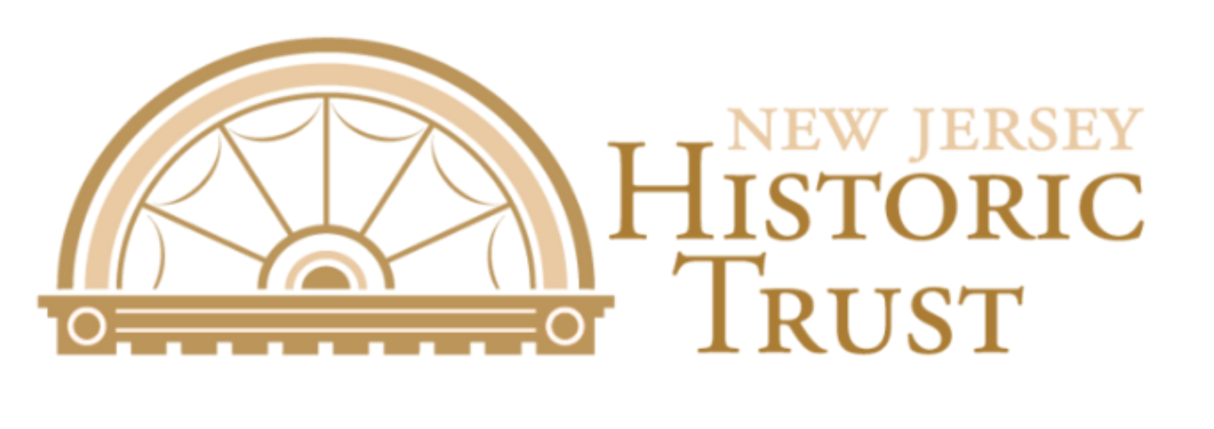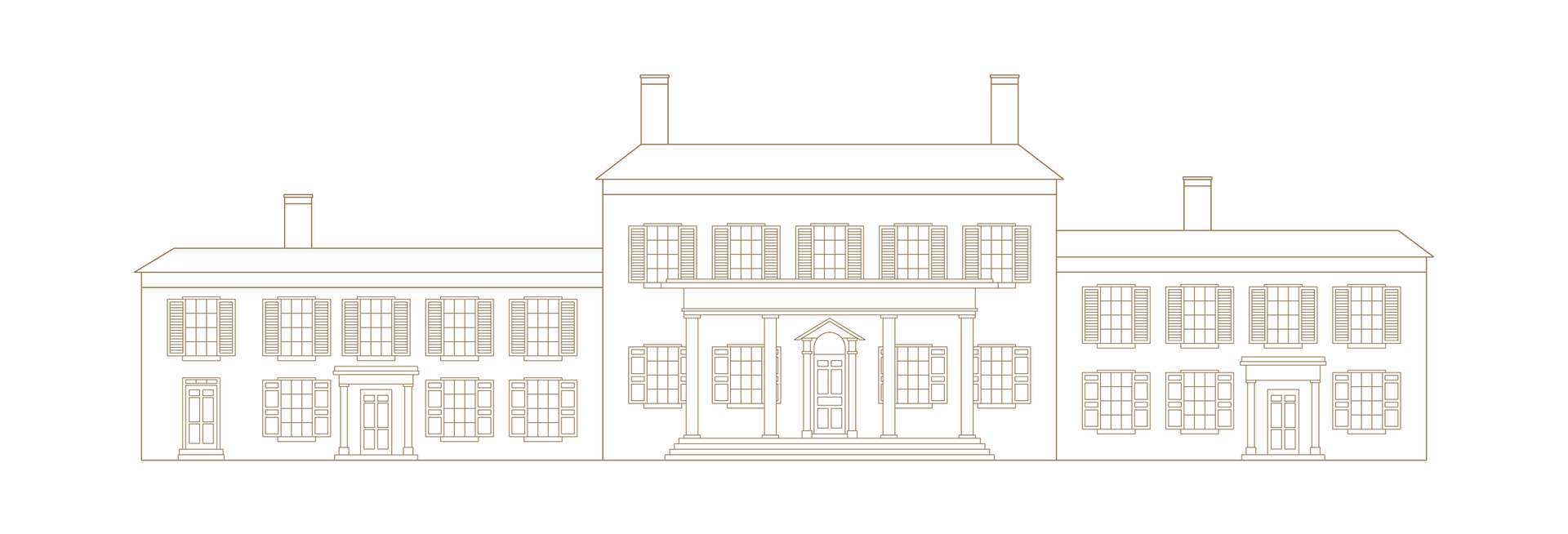ONLINE exhibitions
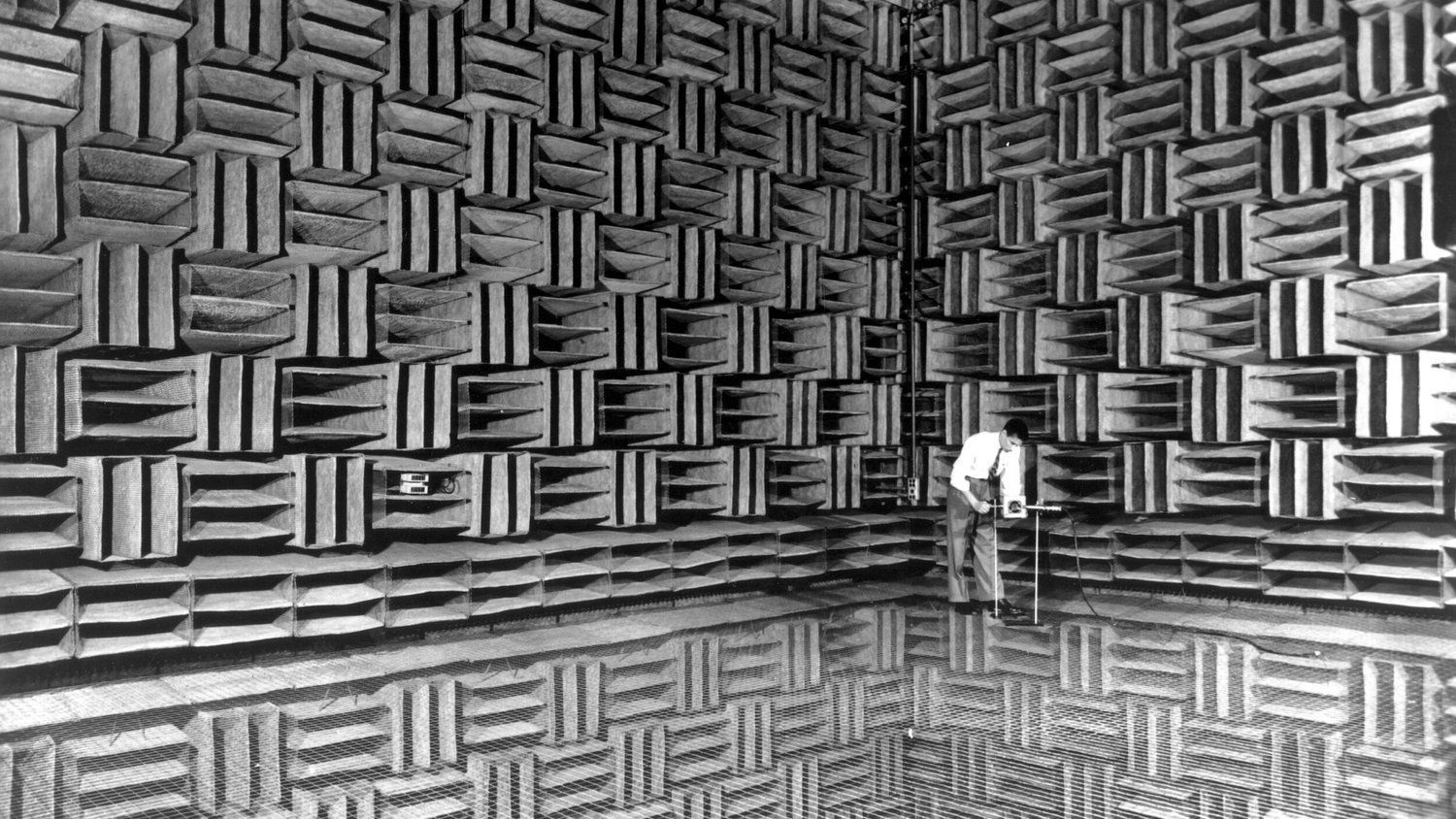
James West Noise Test in the Anechoic Chamber at Murray Hill, New Jersey, 1960s. Courtesy of AT&T Archives and History Center.
Ma Bell: The Mother of Invention in New Jersey
Bell Telephone Laboratories, American Telephone & Telegraph (AT&T) and Western Electric employed tens of thousands of New Jersey residents through its 100-year tenure in the state. From highflying linemen risking their safety atop telephone poles, to women trained to connect calls across the country, to the world’s leading engineers answering logistical questions of communication, New Jerseyans from all walks of life supported the ground-breaking technology of the company.
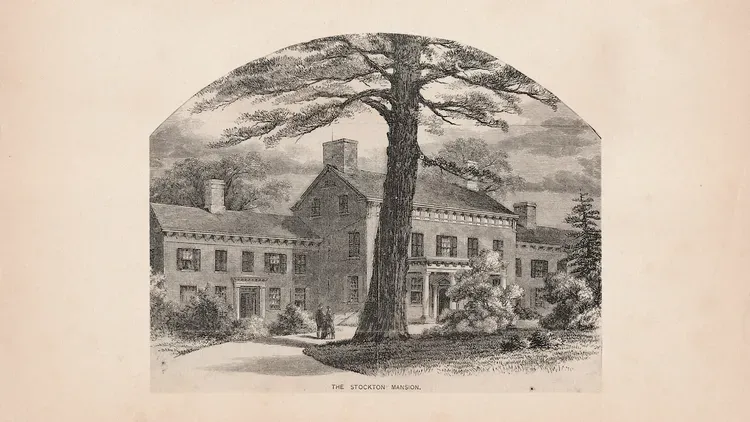
The Stockton Mansion, unknown artist. Appleton’s Journal, December 25, 1875.
Slavery at Morven
As wealthy lawyers, the first two generations of Stocktons at Morven enslaved men, women, and children on site. At the expense of the enslaved, the Stocktons lived a comfortable lifestyle and increased their wealth with forced labor. The topic of human beings being treated as property is a difficult one and we aim to address it with the appropriate gravitas. Morven Museum & Garden's mission is to preserve our legacy by sharing its authentic stories. By not shying away from our story of enslaved people, we believe our visitors will have a better understanding of how our world evolved to where we are today.
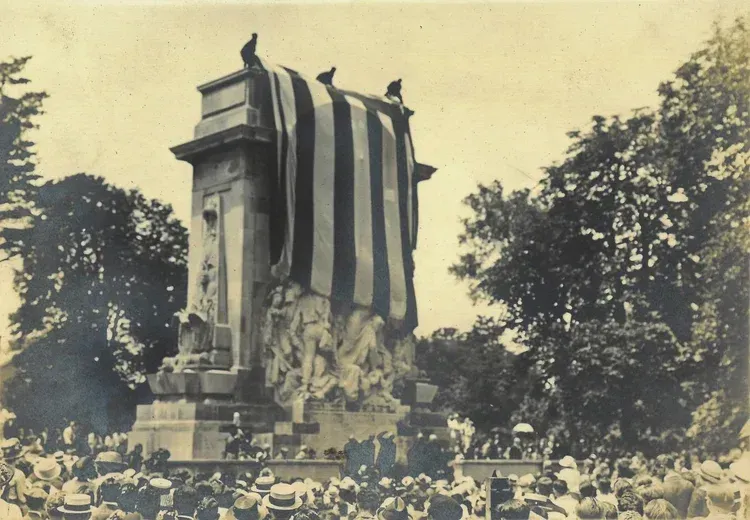
Unveiling of the Princeton Battle Monument, June 9, 1922. Morven Archive.
Celebrating the Centenary of the Princeton Battle Monument
On June 9, 2022, Morven Museum & Garden commemorated the 100th Anniversary of the unveiling of the Princeton Battle Monument. The unveiling of Frederick MacMonnies’s sculpture in 1922 was a significant local event with national recognition. Bayard Stockton, a Morven resident at the time, served as president of the Battle Monument Commission, and part of the unveiling day activities took place at Morven.

Grouse, 1885. Gerard Rutgers Hardenbergh (1856–1915), oil on canvas. Collection of the Van Nostrand Family.
In Nature's Realm: The Art of Gerard Rutgers Hardenbergh
Morven Museum & Garden is proud to present the online exhibition of In Nature’s Realm: The Art of Gerard Rutgers Hardenbergh. Below you will find information about Gerard Rutgers Hardenbergh's life and work.
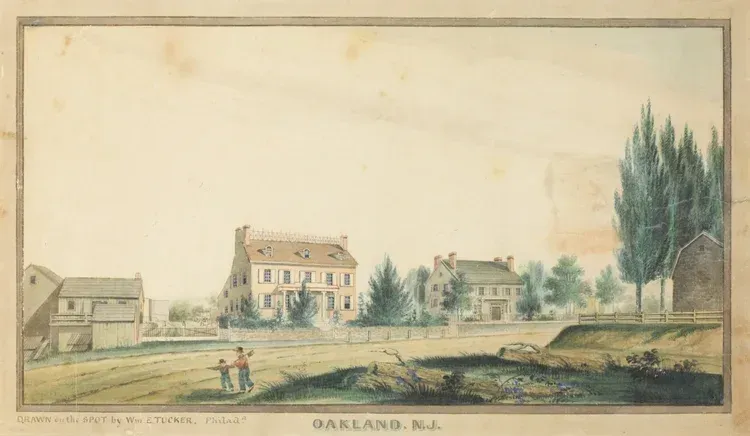
Oakland, N.J., between 1836 and 1848. William E. Tucker (signed lower left, “Drawn on the spot by Wm. E. Tucker, Philada.”), pen and ink, and watercolor, on paper. 8 x 13½ in.
Portrait of Place: Paintings, Drawings, and Prints of New Jersey, 1761–1898
March 13, 2022–March 5, 2023
Days before the signing of the Declaration of Independence, John Adams wrote to Samuel Chase, “Jersey has chosen five new Members all independent Souls, and instructed them to vote on the first of July for Independence.” This turning point forever linked these five New Jersey men to the birth of the United States. But who were these lesser-known founding fathers? What were their lives like, before, during, and after the Revolution? Morven’s 2026 exhibit seeks to answer these questions, delving into the lives of Abraham Clark, John Hart, Francis Hopkinson, Richard Stockton, and John Witherspoon.

31-Star Great Star Flag, c. 1851–58, printed on glazed cotton muslin. The Pierce Collection of American Parade Flags.
The Stars and Stripes: Fabric of the American Spirit™
March 13, 2022–March 5, 2023
This exhibition features more than one hundred flags from The Pierce Collection of American Parade Flags, tracing the history of our national emblem from its humble beginnings in 1777 into the twentieth century. Raised at Fort McHenry, Iwo Jima, and the World Trade Center – the American flag has been a constant symbol of our individual freedom and national unity. Each flag in this collection represents a moment in America’s history. The unique story of each presents the more intimate side of this internationally recognized ensign.

